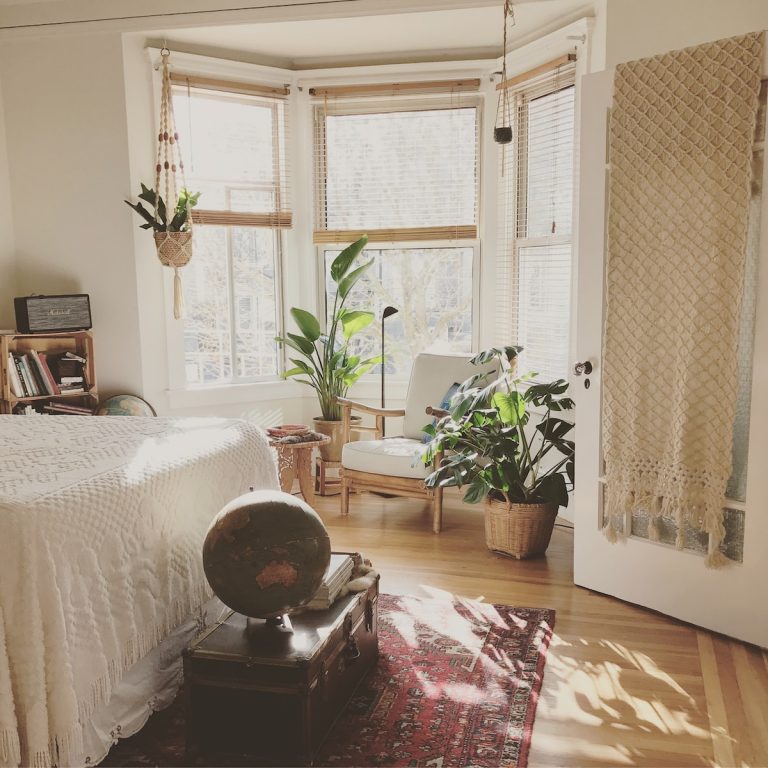When it comes to interior design the choice of upholstery fabric can make a significant difference in the overall look and feel of your home. Whether you’re revamping your living room sofa, reupholstering a vintage armchair or selecting new fabrics for your dining room chairs the right upholstery can transform your space. In this article, we’ll explore the key factors to consider when choosing upholstery fabric and offer some tips to help you make the best decision for your home.
Story Stages
Consider durability
One of the main considerations when choosing upholstery fabric is durability. The fabric you select must be able to withstand daily wear and tear especially if you have a busy household with children or pets. Fabrics vary in their resistance to abrasion, so you’ll want to look for a fabric with a high rub count also know as the Martindale rub test. The rub count is often indicated on fabric labels and measures how well the fabric can stand up to friction. A higher rub count generally means greater durability.
Common choices for durable upholstery fabric include microfiber, leather and synthetic blends. Microfiber in particular, is known for its durability and resistance to stains making it an excellent option for families. Leather offers a classic and timeless look while being very resilient, and synthetic blends can provide the best of both worlds combining durability and versatility.
Style and look
The style and look of your home are essential factors in choosing the right upholstery fabric. The fabric you choose should complement your existing home look and reflect your personal taste. Consider the color, pattern and texture of the fabric in relation to the rest of your interior design.
If you’re looking for a traditional and timeless look consider classic fabrics like velvet, leather, or damask. These fabrics reflect elegance and sophistication. If you prefer a more contemporary or casual style you can opt for options like linen, cotton or microfiber which offer a lighter and more relaxed feel. Bold patterns or vibrant colors can make a statement, while neutral tones provide a versatile backdrop for accessories and decor changes over time.
Fabric samples
A great way to see how fabric will look and feel in your home is by requesting a sample.Trusted upholstery companies offer material samples online which gives you the opportunity to touch and feel the fabric to make sure it is what you are looking for. Trusted family run upholstery services in Bristol offer such services and can offer advice due to extensive knowledge of the upholstery industry.
Maintenance
Different upholstery fabrics require differing levels of maintenance. Some fabrics are more resistant to stains and are easier to clean while others may require more delicate care. Consider your lifestyle and how much time and effort you’re willing to invest in maintaining your upholstery.
Microfiber and leather are relatively low-maintenance options as they are easy to clean and resistant to stains. On the other hand silk and some natural fibers can be more delicate and require special care. If you have a busy household with kids and pets opting for fabrics that are easy to clean and maintain can save you a lot of hassle in the long run.
Comfort
Don’t forget about comfort. The texture and feel of the fabric can greatly impact your experience of the new fabric. Consider how the fabric feels against your skin and how comfortable it is to sit on. Fabrics like chenille, velvet and plush microfiber offer a soft and luxurious feel making them ideal choices for sofas and chairs in your living room or bedroom.
It’s essential to strike a balance between aesthetics and comfort. A beautifully patterned and textured fabric may catch your eye but if it’s uncomfortable to sit on it might not be the best choice for your seating areas.
Allergies and ethical views
If you or your family members have allergies it’s crucial to choose upholstery fabric that won’t exacerbate your symptoms. Some fabrics can trap allergens like dust mites, pet hair and pollen leading to discomfort and health issues.
Synthetic materials like microfiber or leather are less likely to harbor allergen, making them a safer option for allergy sufferers. Additionally you can invest in allergen-resistant covers or regularly clean and vacuum your upholstery to minimise allergen buildup.
Some people have a commitment to ethical and sustainable living. Traditional upholstery often involves the use of animal-derived materials like leather, fur, and wool, which are seen as problematic by some due to the harm caused to animals in their production. Instead favouring upholstery made from cruelty-free and eco-friendly alternatives such as synthetic leathers, recycled fabrics, or sustainable plant-based materials.
Budget
Your budget is another crucial factor in making your decision. High-quality durable fabrics can be more expensive but they are often a wise investment in the long run. Consider the lifespan of the furniture and how much you’re willing to spend on upholstery. It’s essential to strike a balance between quality and budget to make a cost-effective choice.
Summary
In summary, choosing the right upholstery fabric for your home involves considering all the points we have mentioned in this article. Taking your time is key and explore different options and if possible request fabric samples to see how they look and feel in your home’s lighting and environment. Carefully evaluating these factors can ensure that your upholstery not only looks great but also serves your practical needs for years to come. With the right fabric you can create a space that’s both stylish and comfortable making your home a true reflection of your personal taste and lifestyle.
